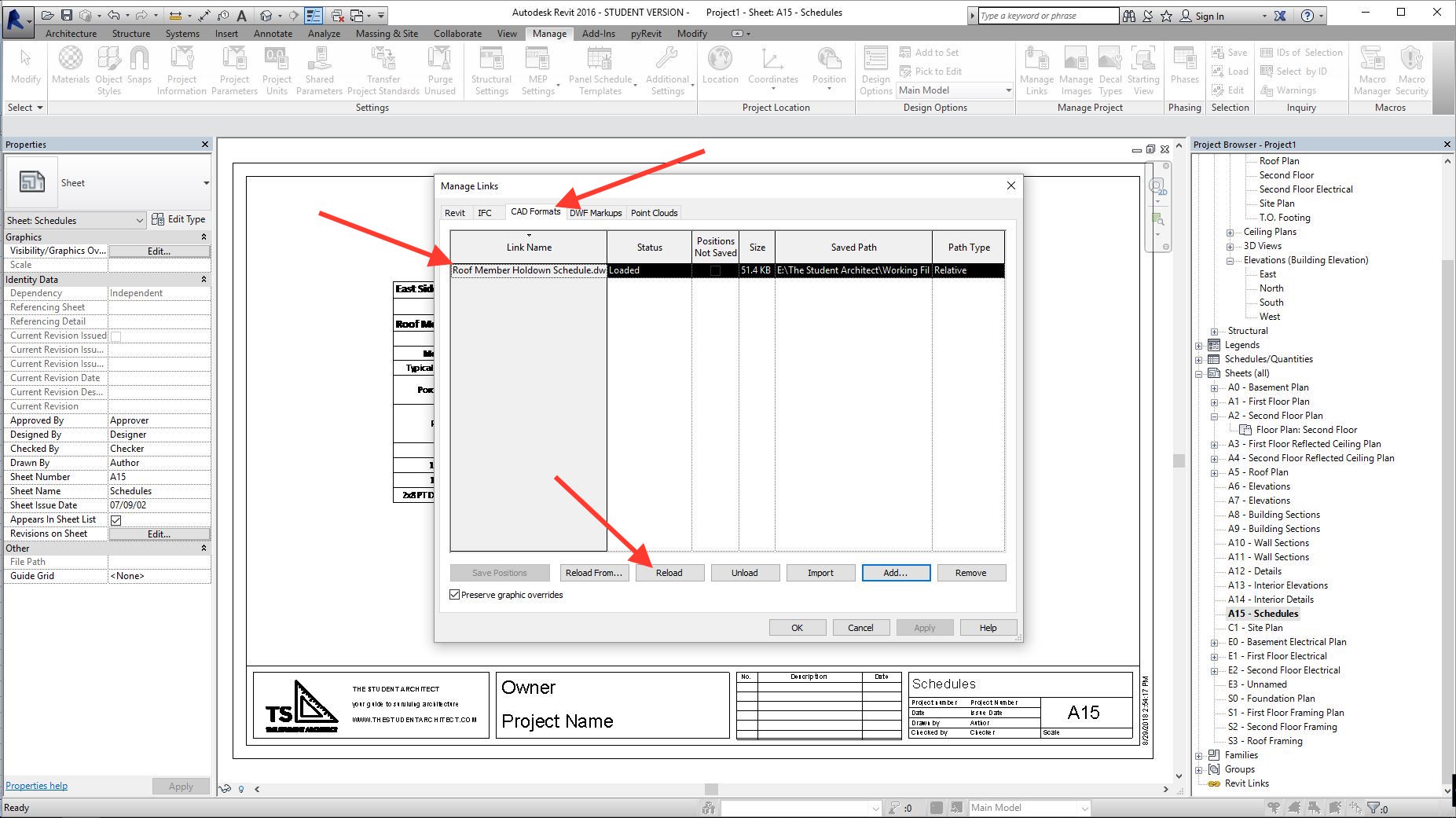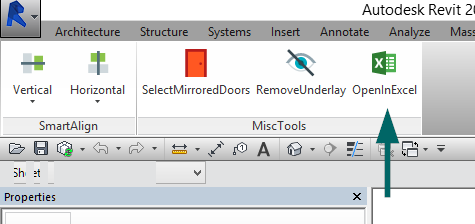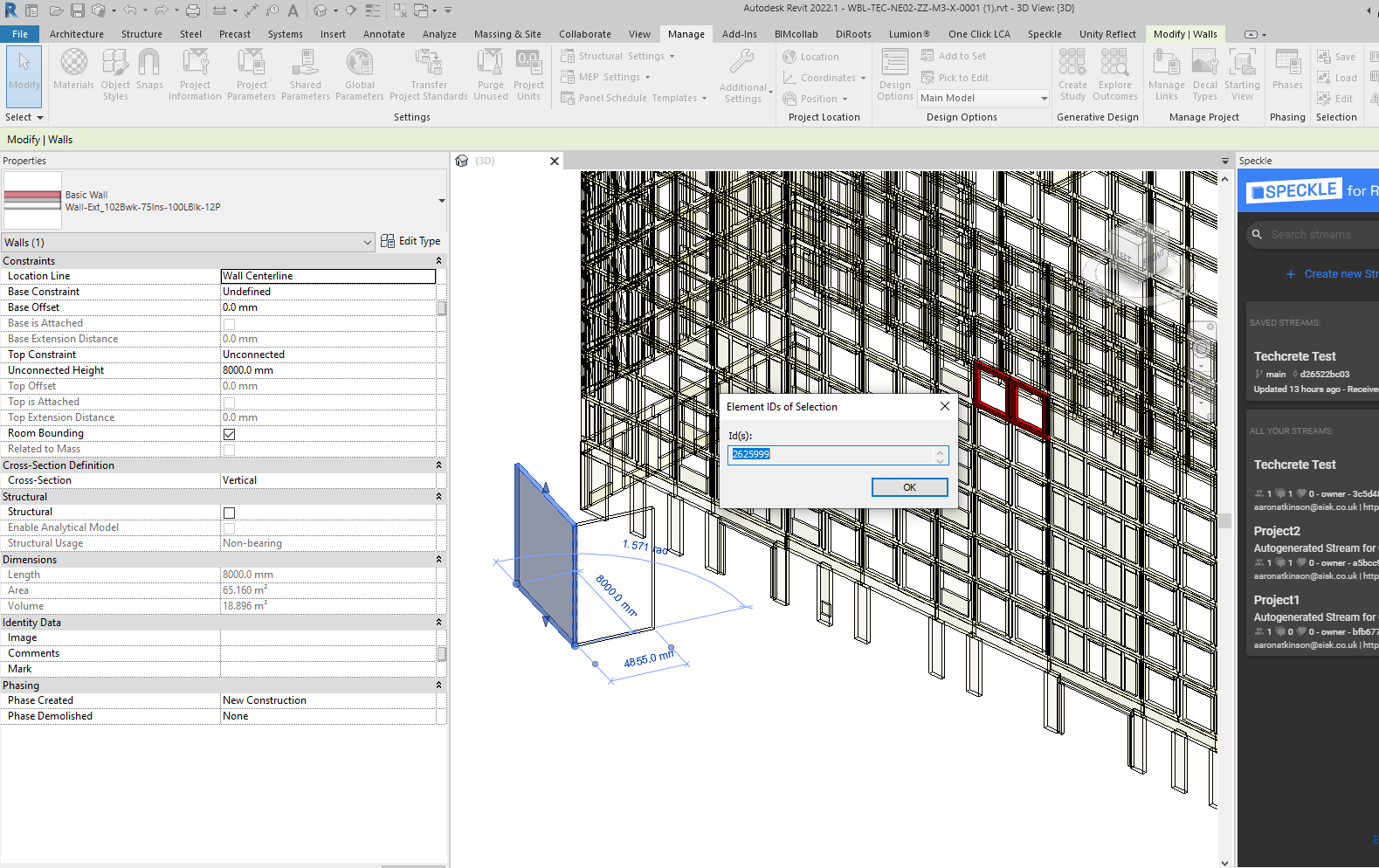Flawlessly Import Excel into Revit: Increase Your Performance
Wiki Article
Revit Excel Integration Demystified: Simplifying Operations for Enhanced Task Coordination
Are you tired of having problem with ineffective task control and taxing operations? Look no more, due to the fact that Revit Excel Integration is right here to demystify the procedure and enhance your jobs. With this effective device, you can improve project coordination and get rid of the headache of hands-on information entry. In this write-up, we will certainly lead you through the value of Revit Excel Assimilation, show you how to improve process, and provide ideal practices for successful assimilation. Prepare yourself to change your task sychronisation easily.The Significance of Revit Excel Assimilation
You need to recognize the importance of Revit Excel assimilation to successfully enhance your process and enhance job coordination. The combination of Revit, a powerful structure info modeling (BIM) software program, with Excel, a commonly made use of spreadsheet program, offers many advantages for designers, engineers, and building and construction experts.

By integrating Revit with Excel, you can get rid of hands-on data access and decrease the risk of errors. This not only conserves time but also ensures accuracy in your project documentation. You can update data in Excel, and it will automatically update in Revit, keeping consistency throughout your project.
In Addition, Revit Excel assimilation boosts task control by making it possible for reliable partnership amongst employee. With data synchronized in between Revit and Excel, everyone can access one of the most updated details and collaborate perfectly. This promotes smoother communication, lowers disputes, and enhances general job performance.
Exactly How to Streamline Workflows With Revit Excel Integration
Optimize your process by flawlessly connecting Revit and Excel to enhance your process. By integrating these two powerful tools, you can improve project coordination and boost performance in your job. With Revit Excel assimilation, you can easily transfer data between the two systems, permitting smooth interaction and cooperation.

An additional benefit of Revit Excel combination is the ability to develop custom-made reports and evaluate information extra properly. With Excel's robust functions, you can carry out innovative estimations, create graphs and graphes, and produce thorough records based upon the data from your Revit models. This allows you to get valuable understandings and make notified choices throughout the job.
Enhancing Project Sychronisation With Revit Excel Assimilation
By perfectly attaching your layout software program with powerful information evaluation devices, you can greatly boost the coordination of your projects. Revit Excel combination enables you to streamline your operations and enhance project sychronisation by removing hands-on information entrance and lowering errors. With this combination, you can quickly transfer data between Revit and Excel, ensuring that all project info is up to day and accurate.Among the essential benefits of Revit Excel integration is the capacity to import and export information between both software application seamlessly. This means that you can conveniently import existing job data from Excel into Revit, saving you effort and time in coming back details. You can export project information from Revit to Excel, permitting you to do sophisticated evaluation and estimations using the effective features of Excel.
Furthermore, Revit Excel integration allows you to produce dynamic web links in between the 2 software (revit tools). This implies that any kind of adjustments made in Revit will immediately update in Excel, and the other way around. This makes sure that all project stakeholders are dealing with the most up-to-date details, right here enhancing project control and decreasing the risk of mistakes
Overcoming Obstacles in Revit Excel Integration
When overcoming obstacles in the integration of Revit and Excel, it's vital to make sure seamless information transfer and decrease errors. One common challenge is the compatibility of information formats in between Revit and Excel. To tackle this, you can use plugins or add-ins that promote the conversion of data from one layout to another. These devices help maintain the honesty of the data throughout the transfer process.Another difficulty is the absence of synchronization between Revit and Excel. It's essential to develop a clear operations that guarantees both systems are upgraded in real-time. This can be achieved by utilizing cloud-based partnership devices or establishing a system for normal data syncing.
Taking care of huge datasets can additionally be troublesome. When it comes to handling large amounts of data, revit and Excel have different capacities. To overcome this challenge, you can split the data into smaller, workable portions or make use of information filtering strategies to concentrate on specific locations of interest.
Lastly, human error can lead to discrepancies between Revit and Excel data. It is essential to educate staff member on the assimilation procedure and develop high quality control procedures to catch any type of mistakes. Routine audits and cross-checks can assist determine and correct any type of disparities.
Finest Practices for Successful Revit Excel Integration
To make sure successful combination of Revit and Excel, it's important to comply with some best methods that will certainly assist simplify your process and decrease errors. In addition, when linking Excel data into Revit, make certain that the data is clean and cost-free from any kind of formatting concerns that can create errors.An additional essential technique is to frequently upgrade your Excel data in Revit. This can be easily attained by developing a clear process for updating the connected information. Make it a habit to evaluate and upgrade the information at regular periods, specifically when changes are made to the project. This will assist maintain your information accurate and up to date.

Final Thought
So, there you have it - revit Excel assimilation doesn't need to be an overwhelming job. By improving your process with this effective combination, you can boost task control and attain better efficiency. Remember to conquer any type of difficulties that may occur and follow best practices for effective assimilation. With revit Excel assimilation debunked, you'll useful content be well on your means to making the most of the potential of these devices and taking your tasks to brand-new heights.You can export your Revit routines to Excel, make modifications or updates in Excel, and then import the upgraded data back right into Revit with just a couple of clicks. Revit Excel combination allows you to simplify your process and improve task sychronisation by eliminating hand-operated information entrance and minimizing mistakes. With this combination, you can quickly move data in between Revit and Excel, guaranteeing that all project details is up to date and exact.
You can export job information from Revit to Excel, enabling you to perform innovative evaluation and calculations making use of the powerful attributes of Excel.
Additionally, when connecting Excel data right into Revit, ensure that the information is clean and complimentary from any format issues that might create errors.
Report this wiki page